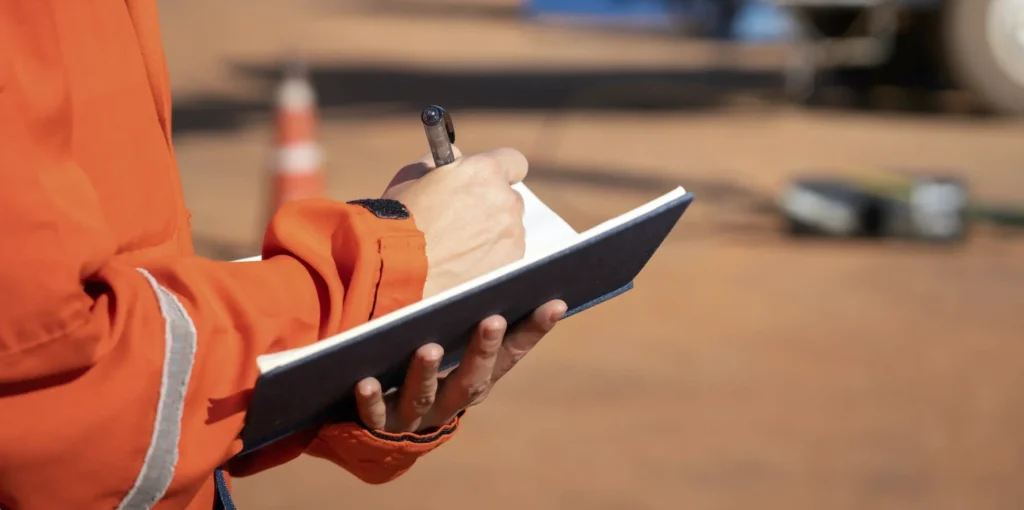
No matter how many precautions an organization takes, accidents and safety incidents can still occur. The key to managing these incidents effectively is to have a plan in place ahead of time. This plan should include clear guidelines on how to respond to various types of incidents, from minor injuries to major disasters. Here are some strategies for responding to safety incidents:
1.-Prioritize Safety.
The first priority when a safety incident occurs is to ensure the safety of everyone involved. This may involve evacuating the area, administering first aid, or calling for emergency services. Make sure all employees are aware of the proper protocol for responding to safety incidents, and that they know their own roles and responsibilities in such situations.
2.-Document the Incident.
As soon as possible after the incident occurs, begin documenting everything that happened. This includes the time and location of the incident, the names and contact information of any witnesses, and a detailed description of what happened. This information will be important for determining the cause of the incident and for making any necessary changes to prevent similar incidents from occurring in the future.
3.-Investigate the Incident.
Once everyone involved in the incident has been attended to and the area has been secured, conduct a thorough investigation to determine the cause of the incident. This may involve reviewing video footage, interviewing witnesses, and analyzing equipment or materials involved in the incident. The goal of the investigation is to identify any contributing factors so that the organization can take steps to prevent similar incidents in the future.
4.- Communicate with Employees.
It’s important to keep employees informed about what happened and what steps are being taken to prevent future incidents. Be transparent about the investigation process, and share any relevant findings with employees. If changes are being made to policies, procedures, or equipment as a result of the incident, be sure to communicate those changes clearly and provide any necessary training or resources to ensure that employees can comply with the new requirements.
5.-Review and Improve Your Safety Management System.
Finally, use the incident as an opportunity to review your safety management system and identify areas where improvements can be made. This may involve conducting a gap analysis to identify any weaknesses or areas where policies and procedures are not being followed as intended. Use the information gathered from the investigation to inform your improvement efforts, and be sure to track progress over time to ensure that your safety management system continues to evolve and improve.
By following these strategies for responding to safety incidents, organizations can better protect their employees and prevent similar incidents from occurring in the future.



